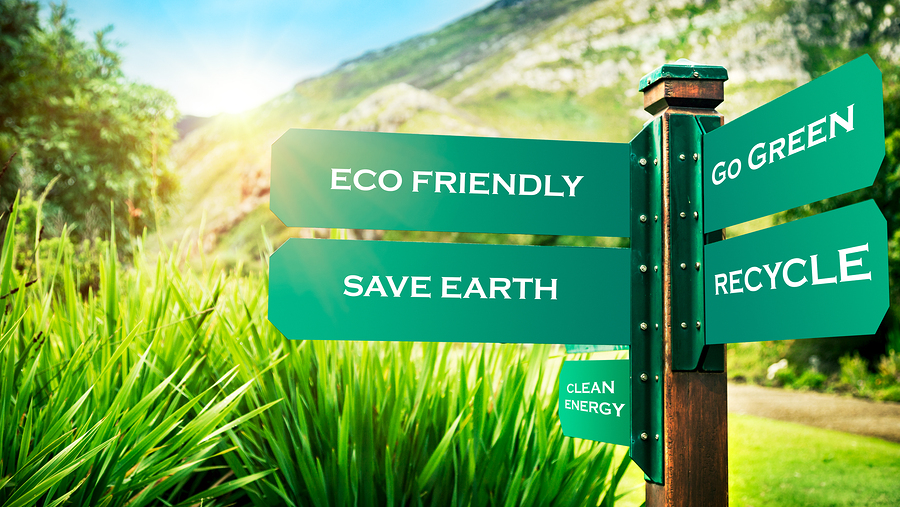Going green is something that has become increasingly important to consumers globally. Consumers want their products, and the packaging that they come in, to be as low impact as possible. It’s become a valuable marketing ploy over the last few years, and many companies have joined the fray.
There are many green options when it comes to packaging now, and there’s been a lot of emphasis on creating packaging that is, at the very least, recyclable. While this is laudable, research by the environmental agency in Oregon suggests that the issue is not quite that simple.
We may think that recyclable packaging is the best option for the environment, but the research indicates that it’s not necessarily as low impact as you might expect.
Even when products can be recycled, the processing and reprocessing of these items need to be taken into account. When you weigh the impact of these products over their entire lifecycle, they aren’t always the best choices for the environment.
The problem is that even if the item is recycled, there is a significant amount of processing and resources used at the same time. The study paints a bleak picture of the impact of recyclable materials on the environment.
It found that in 61% of cases, products using recycled materials proved to have a higher impact on the environment than others.
Which means that well-designed packaging with minimum wastage, even if not entirely recyclable or made of recycled materials, can still come out on top.
Change the Design and Materials Used
It’s simple to think that because the packaging is recyclable, it doesn’t matter, but this is the wrong approach to take. Instead, companies need to look into changing the design of their packaging and the materials used in their construction.
For example, one quick way to reduce wastage is to use a shrink-wrap sleeve instead of completely enclosing your product in film. You could also look into packaging that is composed more out of recycled materials if you prefer, but it would be wise also to investigate the full environmental impact.
What we need to start looking into more is changing our attitude towards one-use plastics and packaging. We all need to shift our focus from, “This can be recycled” to, “This can be re-used.”
As business owners, we need to look at ways to reduce waste in the first place. This might mean using materials that are sturdier, and that might have a secondary purpose after the product has been completed.
For example, using a glass jar instead of plastic, even plastic that is fully recyclable, could reduce the overall environmental impact of the product. If the jar is re-used rather than ending up in a recycling bin or the trash, the environmental impact could be far less.
It’s a better approach to look at ways to reduce our overall packaging requirements and to consider educating our clients about focusing on finding ways to reuse packaging instead of disposing of it.
